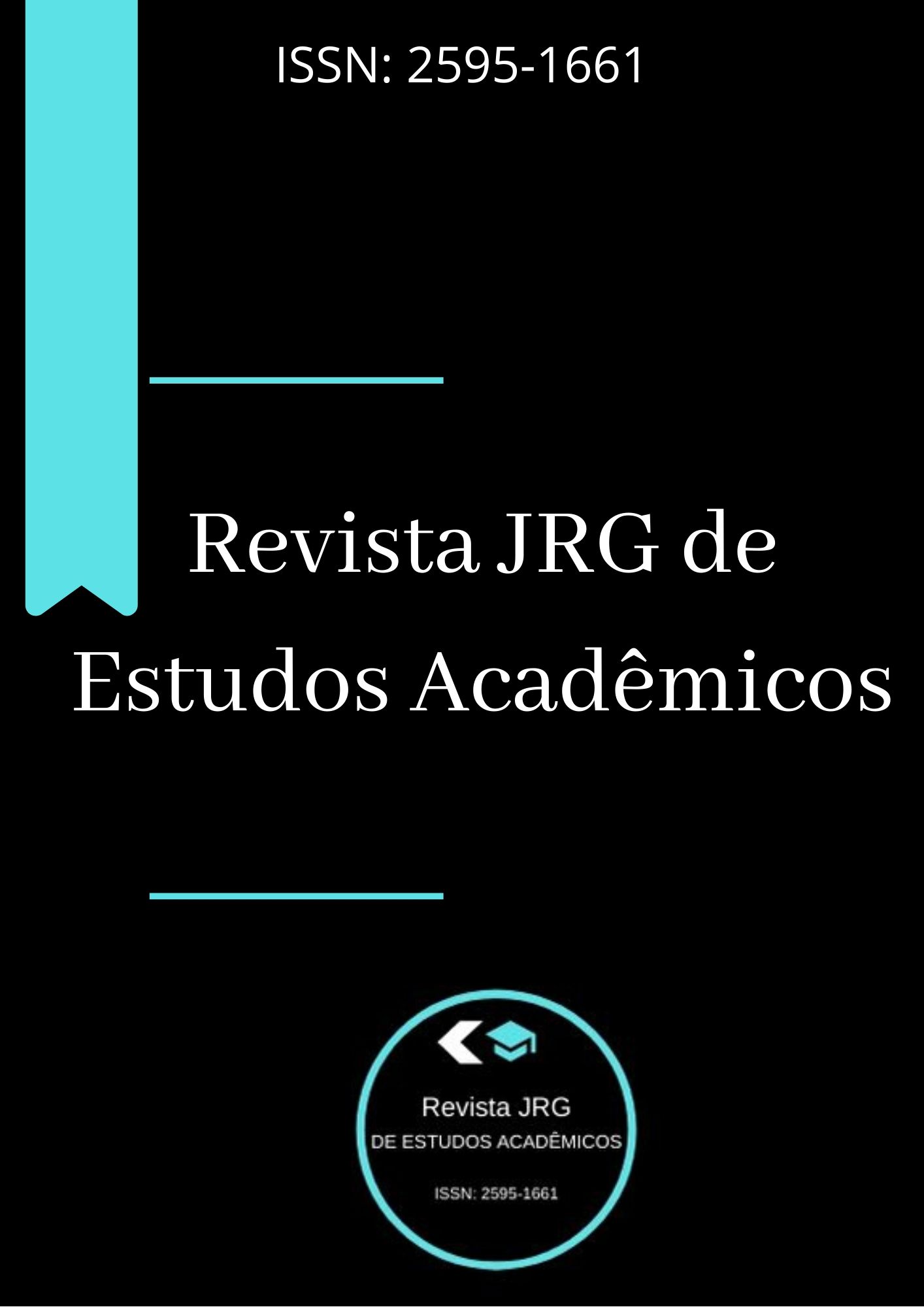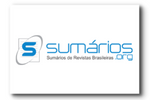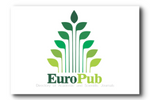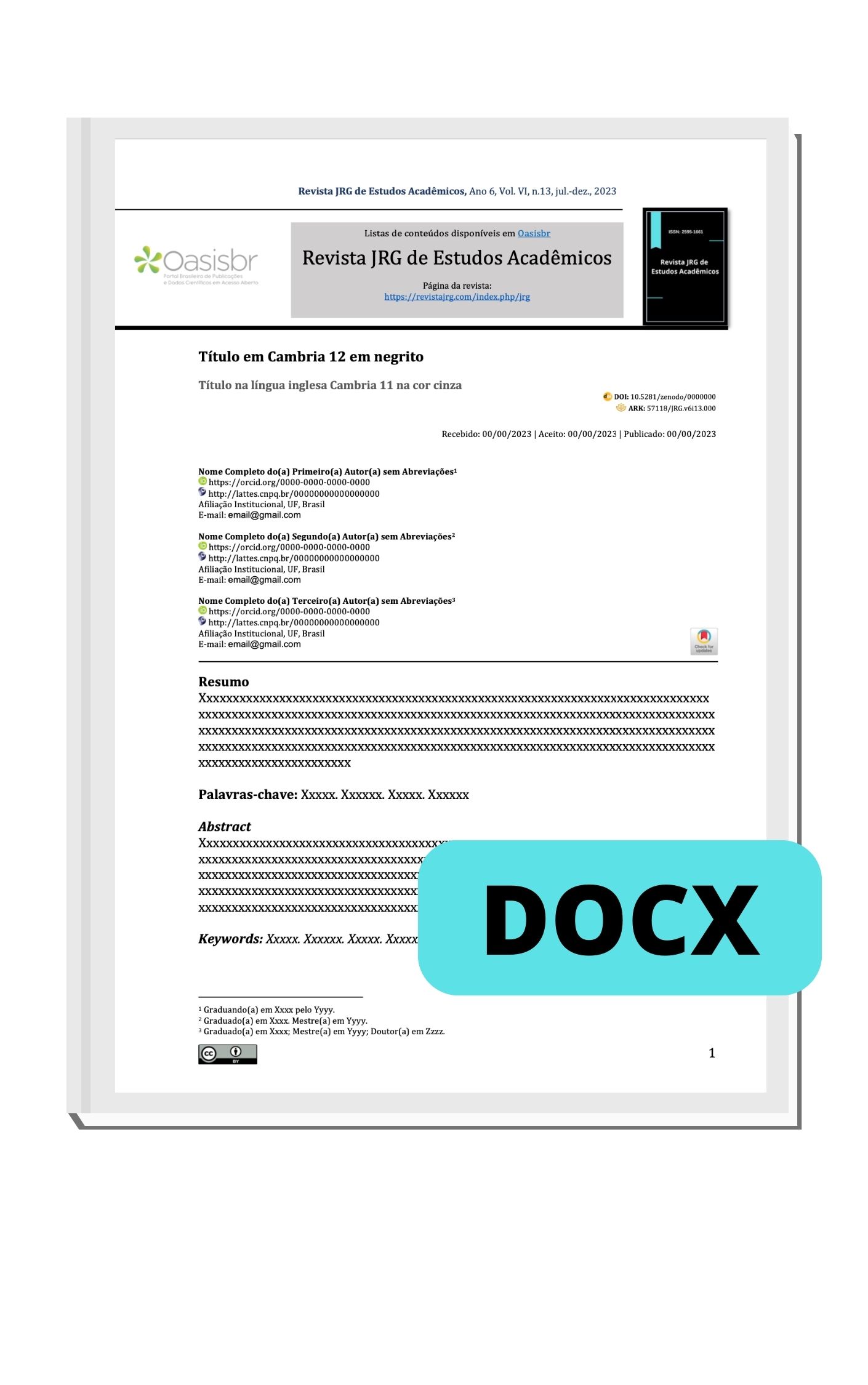PLANNING AND RATIONAL SYNTHESIS OF TETRAHYDROCHINOLINODIONA CORE DERIVATIVES FOR THE PRODUCTION OF ANTICANCERIGENIC DRUGS
DOI:
https://doi.org/10.5281/zenodo.4623913Keywords:
Biological Activity. Cancer. Human Body. Treatment.Abstract
Today, it is noticeable the different forms of cancer manifestation in the human body and all types of stages presented depending on the type of cancer. For those who have cancer more mildly and have treatment time, there is encouragement, but for those with more aggressive cells, time is worth a life. Receiving the news of being with cancer, today in Brazil, is like receiving a death sentence. It is estimated that in Brazil, according to data from the National Cancer Institute, each year more than 500,000 (five hundred thousand) new cancer cases arise. The search for solutions for the treatment of cancer is essential, so the work in question is involved in the development of a new multicomponent reaction that provides directly, with high conversion, in a single reaction step compounds with biological activity. The compounds will be designed to have anti-cancer activities, for which their entire structure will be designed based on substituting groups that are present in molecules in the literature that have proven activity.
Downloads
References
(1) Altreuther, P. Data on chemistry and toxicology of Baytril. Veterinary
Medical Review. v. 2, p. 87-89. 1987.
(1.1) Juliana P. Graduação em Farmácia e Bioquímica; Uninove, 2010. Disponível em: https://www.infoescola.com/farmacologia/quinolonas/
(2) David C.; Hooper, M.D; John S. Wolfison. Fluorquinolone Antimicobrial Agents, 1991.
(2.2) Dömling, A.; Recent Developments in Isocyanide Based Multicomponent Reactions in Applied Chemistry. Chem Rev. 2006;106(1):17-89.
(2.3) CARVALHO, P. C. F.; DALL‘AGNOL, M.; NABINGER, C.; ANDRADE, C. M. S.; MORAES, A.;SILVA, S. C. Multispecies mixtures: management implications for subtropical and tropicalpasture production. In: WACHENDORF, M.; HELGADÓTTIR, A.; PARENTE, G. (Ed.). Swarddynamics, N-flows and forage utilization in legume-based systems. Gorizia: GráficaGoriziana, 2006. p. 103-112.
(2.3.1) Morin, E. O problema epistemológico da complexidade. Portugal: Publicações Europa-América,1996.
(3) Aver, G. M.; Kreutz, O. C.; Suyenaga, E. S.; Revista Conhecimento Online 2015, 2, 63.
(3.1) Manly, C. J.; Chandrasekhar, J.; Ochterski1, J. W.; Hammer, J. D.; Warfield, B. B.; Drug Discovery Today 2008, 13, 99.
(3.1.1) Marcía R; Muñoz I.; Gómez, M. J.; Molina-Díaz, A.; Huijbregts, M. A. J.; Fernández-Alba, A. R.; García-Calvo, E.; Chemosphere 2008, 74, 37. JL.
(3.1.2) Barreiros, S; Magnani; Cristina R; Mechanisms of quinolone resistance in Salmonella spp. 2008.
(3.1.3) Morejón, G. M; Salup D R; Update on quinolones. Electron J Biomed. 2003; Disponível em: http://biomed.uninet.edu/2003/n3/morejon2.html.
(4) Emmerson, A. M.; Jones, A. M; The quinolones: decades of development and use. Journal of Antimicrobial Chemotherapy (2003) 51, Suppl. S1, 13–20.
(4.1) Davis R; Ciprofloxacina: uma revisão atualizada de sua farmacologia, eficácia terapêutica e tolerabilidade. Drogas. 1996; 51: 1019-34.
(4.2) Fujikawa K., Chiba M., Tanaka M.; Sato K. In Vitro Antibacterial Activity of DX-619, a Novel Des-Fluoro Quinolone. Antimicrob Agents Chemother. 2005 Jul; 49 (7): 3040-5 Disponível em: http://www.ncbi.nlm.nih.gov/entrez/query.fcgi?
(5) Andriole, V.T. Use of quinolones in treatment of prostatitis and lower urinary tract infections. Eur. J.CIin. MicrobioI.lnfect. Dis. 10:342-50, 1991.
(6) Andriole, V. T. Current infectious disease drugs. Current Medicine. Philadelphia, p. 102, 1996.
(6.1) Andriole, V.T. The quinolones. 2 ed. New York : Academic Press, p.417- 419, 1998.
(6.1.1) Emmerson, A. M.; Jones, A. M.; J. Antimicrob. Chemother. 2003, 51, Suppl. S1, 13.
(7) Lisa J; Environmental Protection Agency - About Us, United States 2009. Disponível em:www.epaagênciabrasilagenciabrasil.ebc.com.br.
(7.1) Sheldon, R. A. (2000). Atom efficiency and catalysis in organic synthesis. Pure and Applied Chemistry. 72 (7): 1233–1246. doi:10.1351/pac200072071233.
(7.1.1) Shoaib, Alam,J ; Ayub Med Coll Abbottabad 2016 Apr-Jun;28(2):289-292.
(8) Boyd KD; Ross FM; Chiecchio L; Dagrada GP; Konn ZJ; Tapper WJ; et al. A novel prognostic model in myeloma based on co-segregating adverse FISH lesions and the ISS: analysis of patients treated in the MRC Myeloma IX trial. Leukemia, 2012; 349-55.
(8.1) Arthur E Kümmerle; Carlos AM Fraga; Eliezer J Barreiro; 2014, 111, 5215-5246, Editora American Chemical Society.
(8.1.1) Encarnação; José F; Carlos S; Boaventura S; Pimentel; António; Filipe, Dissertação de Mestrado, www.estudogeral.uc.pt/cris/explore/publications.
(9) Romulo A; propriedade intelectual, novas fronteiras; Fiocruzhttps://www.far.fiocruz.br/wpontent/uploads/2016/09/ASMQ_Title_1_x264.mp4?_=2.
(9.1) Bienaymé; Bouzid K.; Guan B.; Fleming P.; Shiosaki K.; Tsai S.; Tetrahedron Lett., 1998, 39, 3635 CrossRef CAS; (c) H., Angew. Chem., Int. Ed., 1998, 37, 2234 CrossRef.
(10) Phukan; Kalita; Borah; A new protocol for Biginelli (or like) reaction under solvent-free grinding method using Fe (NO3)3.9H2O as catalyst. Green Chemistry Letters and Reviews, v. 3, n. 4, p. 329-334, 2010. Mistry, Maheria, Synthesis of diarylpyrimidinones (DAPMs) using large pore zeolites. Journal of Molecular Catalysis A: Chemical. v. 355, p. 210-215, 2012.
(10.1) Zhu; Bienaymé H.; Multicomponent Reactions, edited bu J. Zhu and H. Bienaymé. Wiley-VCH, Weinheim,2005. Acesso,august, 2006,synthesis 2006:2624.
(11) Dowling, R.K.; Newsome, D.; (2006) Geotourism’s Issues and Challenges, Geotourism, Chapter Thirteen, Elsevier, Oxford, 242-254. disponível em: https://www.scirp.org/(S(351jmbntvnsjt1aadkposzje))/reference/ReferencesPapers.aspx?ReferenceID=1268272
(12) Gautier; Liebigs Ann; Chem.; 1867, 142, 289 CrossRef; (b) A. W. Hofmann, Liebigs Ann. Chem., 1867, 144, 114.
(13) Kushi LH; Doyle C; McCullough M; et al. (2012). American Cancer Society Guidelines on nutrition and physical activity for cancer prevention: reducing the risk of cancer with healthy food choices and physical activity. CA Cancer J Clin. 62 (1): 30–67. PMID 22237782. doi:10.3322/caac.20140.
(14) MS, INCA, Estimativa de Câncer no Brasil, 2020, Coordenação de Prevenção e Vigilância: Divisão de Vigilância e Análise de Situação. Disponível em: https://www.inca.gov.br/numeros-de-cancer.
(15) Doz P.; UgI. I; Fetzer U.; Eholzer U.; Knupfer H.; Offermann K.; Angew. Chem.; Int. Ed., 1965, 4, 472.
(16) Skorna G.; Ugi I.; Angew; Chem., Int. Ed., 1977, 16, 259.Ugi and R. Meyr, Angew. Chem., 1958, 70, 702 CAS.X. Wang, Q.-G. Wang and Q.-L. Luo, Synthesis, 2015, 47, 49 CAS.
(17) Diogo L; Química orgânica. Os isonitrilos, compostos que apresentam radical orgânico ligado a um isocianeto. Disponível em: https://www.manualdaquimica.com/quimica-organica/isonitrilos.htm
(18) Dias, D. L.; "Isonitrilos"; Brasil Escola. Disponível em: https://brasilescola.uol.com.br/quimica/isonitrilos.htm. Acesso em 22 de setembro de 2020.
(19) Ghisele, G.; Tese de Doutorado, Universidade Estadual de Campinas, Brasil, 2006.
(20.1) Guchhait S. K.; Priyadarshani G.; Chaudhaury V.; Seladiya D. S.; Shah T. M.; Bhogayta N. P.; RSC Adv.; 2013, 3, 10867 RSC.











































